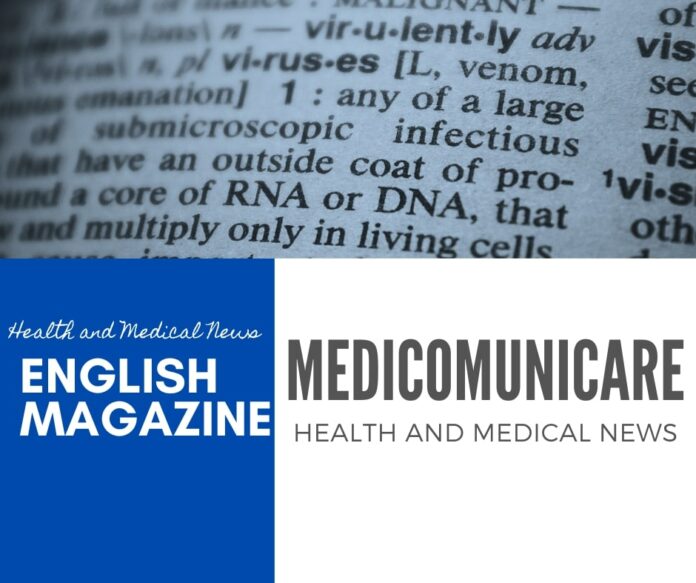Brain tumors are the leading cause of childhood cancer deaths, and medulloblastoma is the most common type of brain tumor in children. It affects approximately 500 children each year in Canada and the United States, making improved diagnosis and treatment a top priority in pediatric oncology. While some children with medulloblastoma respond well to treatment, others have aggressive tumors that are likely to recur, making it critical to categorize tumors early and accurately. However, current diagnostic techniques rely on complex genetic tests that are expensive and only available in a handful of specialized laboratories around the world.
Now, Canadian researchers have developed an effective new technique to identify aggressive medulloblastoma, the most common type of malignant brain tumor in children, and potentially spare young patients from unnecessary treatments and their harmful long-term side effects. The technique, led by researchers from UBC’s Department of Pathology and Laboratory Medicine, BC Cancer and BC Children’s Hospital, can help doctors tailor treatments for individual patients and ensure that high-risk cases receive the intensive care they need. The method was published online last week in the specialized journal Neuro-Oncology.
Dr. Sorensen and his team addressed this challenge by using proteomics, a technique that analyzes the full spectrum of proteins, the building blocks of cells, to identify biological markers of the disease in medulloblastoma. They found that the C-Myc proto-oncogene is prominent in the most aggressive medulloblastoma cases. By applying a widely available lab technique called immuno-histochemistry (IHC) to nearly 400 tumor samples, they found that MYC-positive tumors were much more likely to relapse and resist treatment. Currently, children with medulloblastoma are treated with surgery, chemotherapy and radiation.
However, radiation in particular can cause serious long-term side effects in young children, including learning disabilities and developmental delays. The new anti-MYC test may help doctors decide which children really need radiation and which can be safely avoided. Since IHC is already routine in pathology laboratories around the world, this test could be implemented almost immediately, transforming the way this deadly childhood cancer is treated. This collaborative study by researchers in Vancouver, Toronto, Montreal, Winnipeg, Hamilton, Halifax, and Heidelberg, Germany, represents a major step forward in making personalized treatment for medulloblastoma a global reality.
- Edited by Dr. Gianfrancesco Cormaci, PhD, specialist in Clinical Biochemistry.
Scientific references
Delaidelli A et al. Neuro-Oncology 2025 Mar 5:noaf046.
Hamilton AK et al. Cancer Cells. 2024; 42(11):1970-1982.
Delaidelli A, Moiraghi A. Brain Sci. 2024 Feb; 14(3):224.

